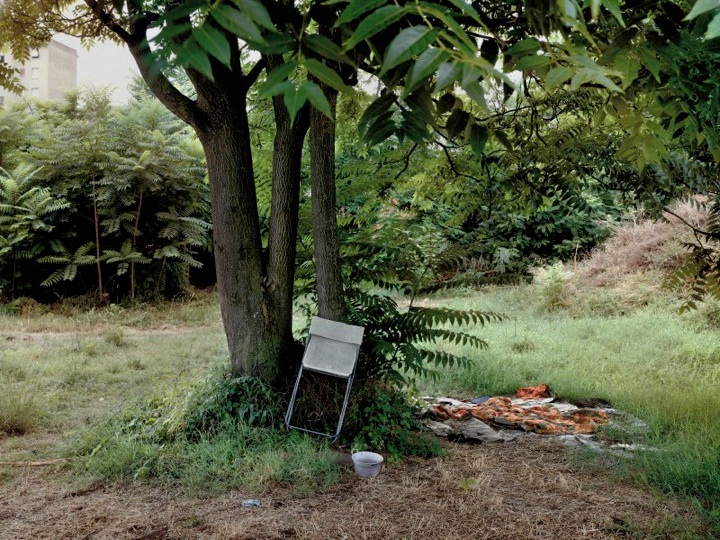
I had been there the day before, but the workers were still doing their work on the construction site, so I just took a shot of a bulldozer and went home. Two days later the weekend had started and the construction site was empty so I went back.
There used to be a small field where this picture is taken. Next to it there used to be a small forest, and in the forest there used to be 15 houses. I don’t know how many pictures I have taken of these houses through the years, but it wasn’t until they were abandoned that I took a series that I was satisfied with.
It makes good sense when you look at my work. I prefer to find the emptiness in spaces, and with a new road being build it was probably my last chance to photograph there.
— Martin Petersen




